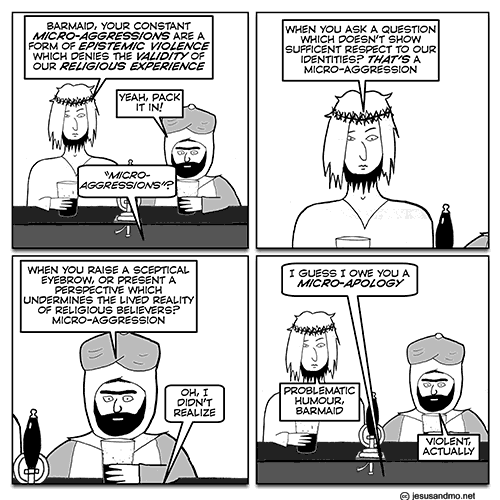Trump this morning:
It wasn’t the White House, it wasn’t the State Department, it wasn’t father LaVar’s so-called people on the ground in China that got his son out of a long term prison sentence – IT WAS ME. Too bad! LaVar is just a poor man’s version of Don King, but without the hair. Just think..
— Donald J. Trump (@realDonaldTrump) November 22, 2017
…LaVar, you could have spent the next 5 to 10 years during Thanksgiving with your son in China, but no NBA contract to support you. But remember LaVar, shoplifting is NOT a little thing. It’s a really big deal, especially in China. Ungrateful fool!
— Donald J. Trump (@realDonaldTrump) November 22, 2017
The NFL is now thinking about a new idea – keeping teams in the Locker Room during the National Anthem next season. That’s almost as bad as kneeling! When will the highly paid Commissioner finally get tough and smart? This issue is killing your league!…..
— Donald J. Trump (@realDonaldTrump) November 22, 2017
Three race-baiting tweets in a row, two of them aimed at one obscure citizen…by the president of the US.
Every day a new plunge downward.
The Post says anyway Trump is bullshitting about what their fate would have been without his miraculous powers.
Trump is right that China’s criminal justice system has a very high conviction rate and that the punishment for theft ranges widely, from a couple of days to 10 years in prison.
But experts say the basketball players would have almost certainly escaped China without jail time. When foreigners commit minor offenses, Chinese officials are more likely to deport them instead of imprisoning them. It’s just not worth the diplomatic headache. “It’s nonsense,” Fu Hualing, a law professor at the University of Hong Kong, told the New York Times of Trump’s assertion that he was solely responsible for the athletes’ release. “I would be surprised if they were even prosecuted.”
Jerome Cohen, an Asia expert and faculty director of New York University’s U.S.-Asia Law Institute, told USA Todaythat it’s “extremely unlikely” that the players would have been sentenced to any jail time. From the start, the players were given bail, a sign that Chinese officials weren’t going to push for a full sentence.
Facts are for libbruls.
Meanwhile, activists are asking why Trump didn’t use his sway to advocate for the release of some of China’s political prisoners, like Liu Xia, an artist, photographer and the widow of Nobel Peace Prize winner Liu Xiaobo. She is being held in unofficial custody away from family and friends, punished simply for being the wife of Liu.
Activists also highlighted the plight of Ilham Tohti, an advocate for China’s Uighurs, a Muslim ethnic minority that has long faced oppression. Tohti was imprisoned in 2014 and sentenced to life in prison. Wang Quanzhang, a human rights lawyer, was arrested in 2015 as part of a crackdown against human rights activists. No one has been permitted to visit him, and his wife says she doesn’t even know whether he’s alive.
Well you can’t expect Trump to care about people like that. One, they’re Chinese. Two, they’re disobedient to Authority, or married to people who are disobedient to Authority. Three, that Totey guy is a Mooslim. Four, they’re not American. Five, they’re Chinese. Six, he’s never heard of them. Seven, he doesn’t care.
Now, who’s ready for some golf?


